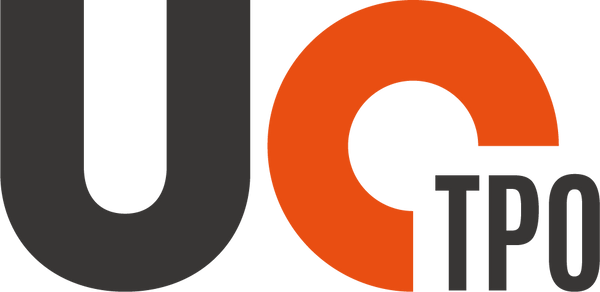
How Regulations Drive the Demand for PVC-Free Materials | Uctextile
Condividere
In recent years, the global demand for PVC-free materials—including TPO (Thermoplastic Polyolefin) tarpaulin—has surged. This is not only because of their performance benefits, but more importantly, due to environmental and health regulations across different countries and industries.
Let’s look at how regulations are shaping the shift toward PVC-free solutions.
1. Environmental Restrictions on PVC
Traditional PVC (Polyvinyl Chloride) contains chlorine and often uses phthalates as plasticizers. These substances can release harmful chemicals during production, use, and disposal.
- The European Union’s REACH regulation restricts the use of hazardous substances, including many phthalates found in PVC.
- RoHS (Restriction of Hazardous Substances Directive) also limits PVC components in electronics and building materials.
- Several countries are implementing stricter waste management laws, making disposal of PVC more costly and complicated.
This regulatory pressure encourages industries to shift toward PVC-free fabrics like TPO, which are recyclable and safer to handle.
2. Green Building Certifications
Sustainable construction is another driver:
- LEED (Leadership in Energy and Environmental Design) and BREEAM certifications favor the use of PVC-free products in building projects.
- Architectural firms are increasingly required to select materials with low VOC emissions and better recyclability to meet these certifications.
As a result, TPO membranes and tarpaulins are replacing PVC in roofing, facade coverings, and temporary construction shelters.
3. Industry-Specific Standards
Different sectors are setting stricter material standards:
- Automotive: Many car manufacturers have pledged to phase out PVC in interiors due to recycling challenges.
- Healthcare: Medical equipment and packaging industries are moving away from PVC due to concerns about leaching chemicals.
- Food Packaging & Agriculture: Regulations require safer materials with no toxic additives, creating demand for PVC-free coverings and liners.
4. Corporate Sustainability Goals
Beyond government regulations, large corporations are setting voluntary sustainability targets to improve their ESG (Environmental, Social, Governance) performance. Choosing PVC-free materials helps them reduce environmental risk, meet consumer expectations, and align with global green initiatives.
Conclusion
Regulations are no longer optional—they are driving market demand. As restrictions on PVC increase worldwide, industries are turning to PVC-free alternatives like TPO tarpaulin, which provide:
- Compliance with environmental laws
- Safer and healthier performance
- Recyclability and reduced carbon footprint
For companies seeking to stay ahead of the curve, investing in PVC-free solutions is not only about compliance but also about building a sustainable future.
At uctextile, we offer high-performance PVC-free TPO tarpaulin designed to meet both regulatory requirements and industrial performance needs.
